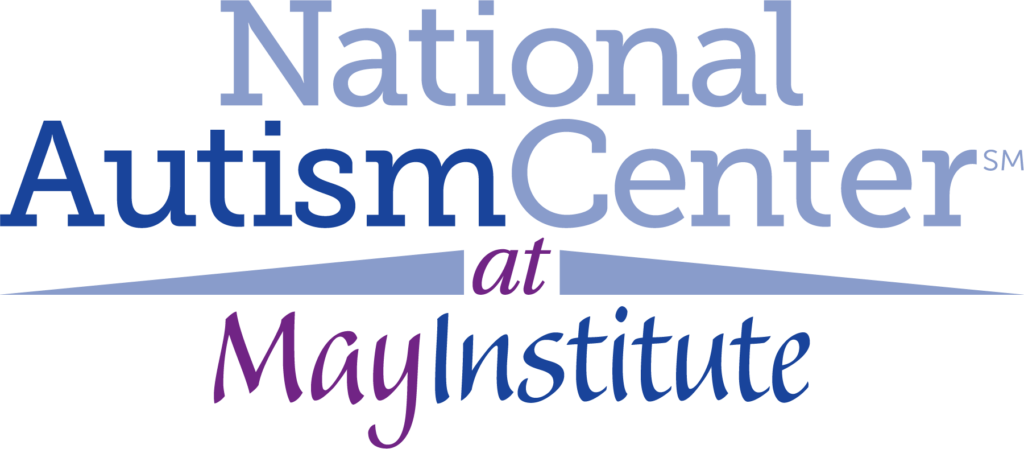Recent posts
Commentary: Rising Autism Rates Increase Responsibilities for All of Us
For researchers, it is the commitment to redouble efforts to better understand and confront the disorder. For clinicians, it is to quickly and appropriately diagnose ASD, giving families the greatest opportunity to treat children early and intensively.
The following commentary by May Institute’s Chief Executive Officer and President was published in the “Viewpoints from Across the State” section of The Provider (the monthly publication of the Massachusetts Council of Human Service Providers) in the May 2012 issue:
Although the increased incidence rates of autism spectrum disorders (ASD) released by the CDC in March were not entirely unexpected, they give us pause. We have watched over the past 10 years as the rates have steadily risen, from one in 150, to one in 110, and now to one in every 88 children.
That is an astounding number, and it represents a 78 percent increase in the number of children diagnosed with autism in the U.S. in the past decade. To help put it in perspective, a newborn male has a one in 300 chance of developing cancer by age 20. That same newborn has a one in 54 chance of being diagnosed with autism (boys with autism outnumber girls by almost 5-1).
We can attribute some of the rising prevalence rate to several factors – increased awareness leading to more parents seeking a diagnosis, better diagnostic tools, and more individuals actually on the autism spectrum. Although we may not be able to fully identify the root causes for the increase, we can understand the implications.
We know that as more and more children are diagnosed with ASD, there will be an even greater need for early identification and intervention. These children will move into adolescence and require specialized services in order to prepare for the transition to adulthood. As they “age out” of educational services, we – as a community, a state, and a country – must become better at integrating these individuals into our communities, providing opportunities for meaningful employment and engagement, and supporting these individuals and their families along their journey.
Concerted efforts towards greater acceptance and inclusion must occur against the backdrop of our state’s ongoing efforts to advance the quality of life for individuals with ASD. Massachusetts has demonstrated its commitment and leadership by its response to the unrelenting increase in the numbers of diagnosed cases of ASD. But the rising tide requires more.
In light of the sobering new statistics, there are heightened responsibilities for all of us.
For researchers, it is the commitment to redouble efforts to better understand and confront the disorder. For clinicians, it is to quickly and appropriately diagnose ASD, giving families the greatest opportunity to treat children early and intensively.
Educators must face the challenge of providing appropriate services to an increasingly numerous and diverse student population. And service providers must successfully anticipate and respond to the needs of the populations we serve at each stage of life, even as those needs grow more complex.
With more citizens of the Commonwealth on the autism spectrum, it is more important than ever for legislators to advocate for and provide the funding and infrastructure necessary to keep Massachusetts at the forefront of effective, progressive, inclusive policies.
The necessary support takes many different forms. It includes more services at the point of need, increased funding to keep pace with the demands of a growing population, adequate insurance coverage for families, employment and life skills training for young people, and a community prepared to assimilate these individuals and understand their needs.
As part of a recent campaign to raise awareness about autism, May Institute polled families served by Institute centers and schools about their experiences raising a child with autism. Results of the poll reveal feelings of isolation, a sense of being judged, and a significant lack of public understanding and sensitivity.
As providers, we have a unique opportunity to educate others about the needs of individuals with ASD. Have education and awareness efforts made a difference? Absolutely. But there is more work to be done. In the words of one parent, “We need our community to support us. Help us not to feel isolated. Everyone can help in their own way, and everybody’s contribution is appreciated.”

